As Tesco’s UK like-for-likes rose 0.3% in a second quarter of consecutive growth, here’s what the analysts are saying about the continued recovery of the retailer.
Bruno Monteyne, senior analyst Bernstein, says: “This is another set of good results for Tesco, excluding the farm brands investment LfL was 1.0%, accelerating even from the Christmas quarter. Despite all the fears of Asda, Amazon, Aldi, Tesco’s recovery remains on track. We rate Tesco OP with a £2.20 TP.”
Iva Kodjabacheva, account manager at Edison, adds: “Tesco’s Q1 update is encouraging. For the second successive quarter it has generated LFL sales growth, albeit modest at 0.3% in the UK & ROI and 3.0% in International. That is slower growth than in Q4 but is, nevertheless still growth. As one would expect, in a competitive industry, Tesco is having to invest to drive sales. Its new fresh food brands added 0.7pp to Tesco’s UK price deflation. That is aimed at regaining customers and seems to be working: the number of UK transactions increased by 1.7%. Total group sales increased by 1.1% in constant currency and, with the benefit of a currency tailwind, 1.8% at actual exchange rates. Tesco is working very hard for small gains.”
John Ibbotson, of Retail Vision, says: “Thanks to Dave Lewis, Tesco’s recovery is back on track and he has managed it in frankly brutal market conditions.
“Tesco’s performance in the 18 months or so since Lewis took over has been ahead of all expectations. Project Renewal, rather than just another empty marketing term, really does seem to be working.
“With ruthless competition and food deflation so high, there’s still a way to go but, for now at least, it is out of the danger zone.
“For a brand that last year posted the largest-ever loss on the UK high street, the return to continued sales growth for the first time in more than three years is a real transformation.
“Lewis is continuing his strategy of reducing the Tesco debt mountain through the sale of non-core assets such as Giraffe, Dobbies, Kipa and now Harris & Hoole. Keep it simple, quite rightly, is the philosophy now.
“The challenge for Tesco is to keep up the momentum. Amazon Fresh won’t help but Tesco’s vast size is an advantage, as it allows it to keep down prices for longer than its rivals. In the current war of attrition, this could prove decisive.
“Tesco’s rate of growth is paltry compared to yesteryear and the future promises low profits and slow sales growth. But given the huge challenges Tesco is facing, this performance by Dave Lewis has to be applauded.”
Retail Remedy’s retail consultant Phil Dorrell, concludes: “It is clear that Tesco have moved closer to customer insight-led retail operations from recent store visits, moving beyond just putting sandwiches by the front door. Although they are looking good, Tesco are still a way from being best.
“Tesco have started to streamline their business, off-loading Dobbies at a profit, The Turkish Kipa stores, Giraffe Restaurants and Harris & Hoole coffee shops. This sharpening of focus can only lead to better retail stores.
“Tesco are no doubt improving their offer and by concentrating on their own customers (not those of fringe businesses) they will continue to drive positive LfLs.
“The last quarter of last year saw 0.9% LfL, followed by 0.3% LfL this quarter. Staying in positive territory is a big endorsement of the turnaround strategy. Volume growth, transaction growth, range rationalisation, promotion participation reduction, all metrics that are pointing towards continued growth.
“With a total of 6,902 stores worldwide and 78 million shopping trips each week, Tesco have a platform for domination, the UK market cannot be too complacent.”
According to David Gray, senior analyst at Planet Retail:
“This is encouraging news, considering Tesco has been putting major efforts into improving the proposition through range enhancements, price investments and store refreshes (where it is taking a more mission-based approach to store layout). Upward-facing like-for-likes also come at a time when deflation is still an issue for the wider industry, showing just how far Tesco has come.
“That said, Asda’s decision to focus squarely on market share rather than profitability as a performance indicator could entail some headwinds for Britain’s biggest grocer, although, given its present woes, it’ll undoubtedly take some time for Asda to return to full strength.
“The big story of the quarter is that Tesco is now free of the shackles of the failing Turkish business - an operation which, for years, has been a drain on vital group cash and management resources. The disposal will liberate resources to sustain focus on domestic improvements.
“However, this exit, alongside Korea, does leave Thailand and Malaysia looking increasingly isolated among Tesco’s portfolio. The latter has limited growth potential due to restrictive regulation. Therefore, longer term we still see some scope for further international rationalisation.”



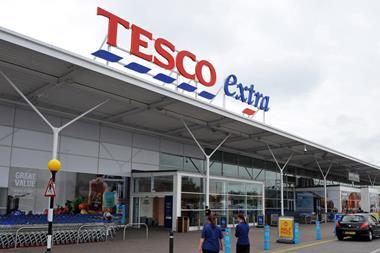
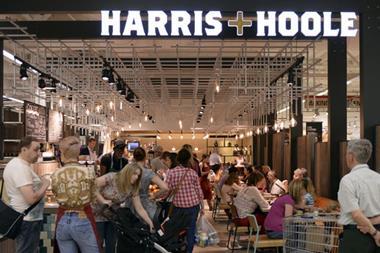
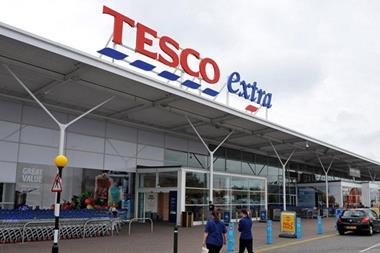
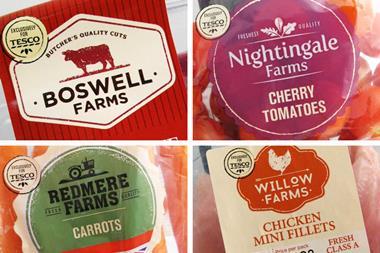
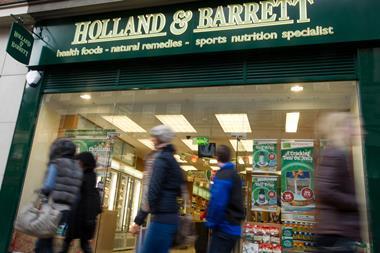



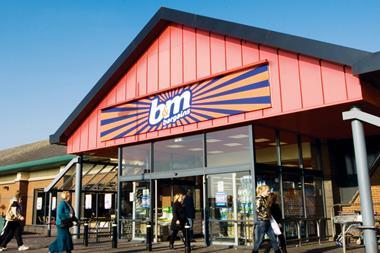


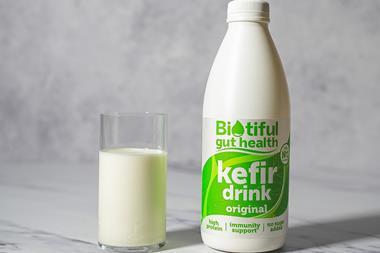
No comments yet